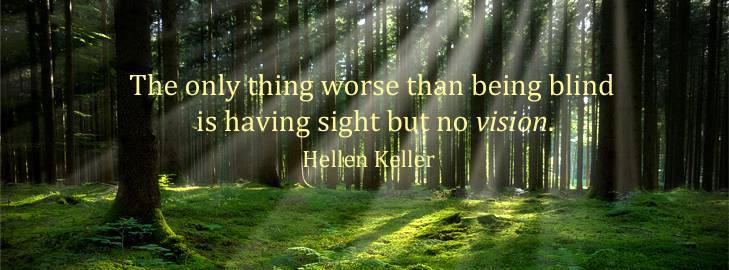
By: Ailin Huang
Over the past school year, Dr. Luk was invited to different primary schools to teach about the eyes. The students and teachers were very enthusiastic, and they asked some really good questions. We would like to share with you the answers to the most common questions.
1. Does 20/20 mean good vision?
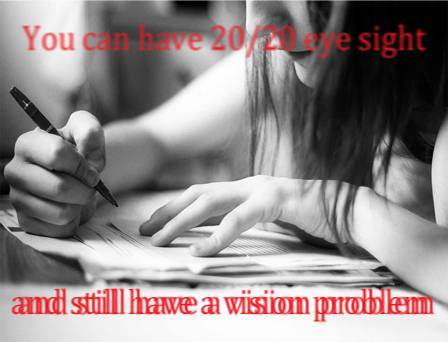 Having 20/20 eye sight means that you can see small details at a certain distance. Good vision means that your visual system can function properly while reading, using the computer, playing sports, and/or driving. Imagine after 10 minutes of reading, the words starts becoming blurry, then doubled. Reading would take a long time, and comprehension can suffer. Children with a vision problem may not complain of any symptoms because they simply avoid reading or written tasks. This is why comprehensive eye exams are important to test for abnormal visual functions that can cause reading and learning delays. Adults can also develop these symptoms after a concussion or traumatic brain injury. Fortunately, glasses and/or vision therapy can be used to improve visual functions for all ages.
Having 20/20 eye sight means that you can see small details at a certain distance. Good vision means that your visual system can function properly while reading, using the computer, playing sports, and/or driving. Imagine after 10 minutes of reading, the words starts becoming blurry, then doubled. Reading would take a long time, and comprehension can suffer. Children with a vision problem may not complain of any symptoms because they simply avoid reading or written tasks. This is why comprehensive eye exams are important to test for abnormal visual functions that can cause reading and learning delays. Adults can also develop these symptoms after a concussion or traumatic brain injury. Fortunately, glasses and/or vision therapy can be used to improve visual functions for all ages.
2. Can I read my book in bed?
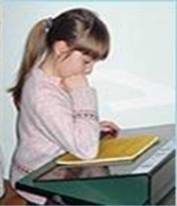 Reading a book while lying on the bed is not recommended. The proper distance that you should be reading at is a term called “Harmon Distance.” This distance measures from your fist to the end of your elbow. Your book, ipad or writing material should be at this distance or further. While lying in bed, we may tend to move the reading material closer and closer to our eyes without realizing it. Without using the proper Harmon Distance, your eyes will be strained, and you are more prone to develop astigmatism, nearsightedness and other vision problems over time. Adequate room illumination is also important!
Reading a book while lying on the bed is not recommended. The proper distance that you should be reading at is a term called “Harmon Distance.” This distance measures from your fist to the end of your elbow. Your book, ipad or writing material should be at this distance or further. While lying in bed, we may tend to move the reading material closer and closer to our eyes without realizing it. Without using the proper Harmon Distance, your eyes will be strained, and you are more prone to develop astigmatism, nearsightedness and other vision problems over time. Adequate room illumination is also important!
5. Why is it not okay to use our fingers to read?
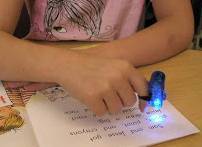 Using your fingers to help keep track while reading a book may suggest an eye-tracking problem. Reading becomes inefficient because your hand gets in the way of scanning ahead. Also, our extra-ocular eye muscles can move a lot faster than our fingers. Although finger-guided reading is not ideal, it may be normal for kids in grade 2 or younger and is not necessarily a symptom of developmental delay. As the extra-ocular muscle control in children’s eyes fully mature, they will able to track using only their eyes and read a book without skipping words or loosing place.
Using your fingers to help keep track while reading a book may suggest an eye-tracking problem. Reading becomes inefficient because your hand gets in the way of scanning ahead. Also, our extra-ocular eye muscles can move a lot faster than our fingers. Although finger-guided reading is not ideal, it may be normal for kids in grade 2 or younger and is not necessarily a symptom of developmental delay. As the extra-ocular muscle control in children’s eyes fully mature, they will able to track using only their eyes and read a book without skipping words or loosing place.
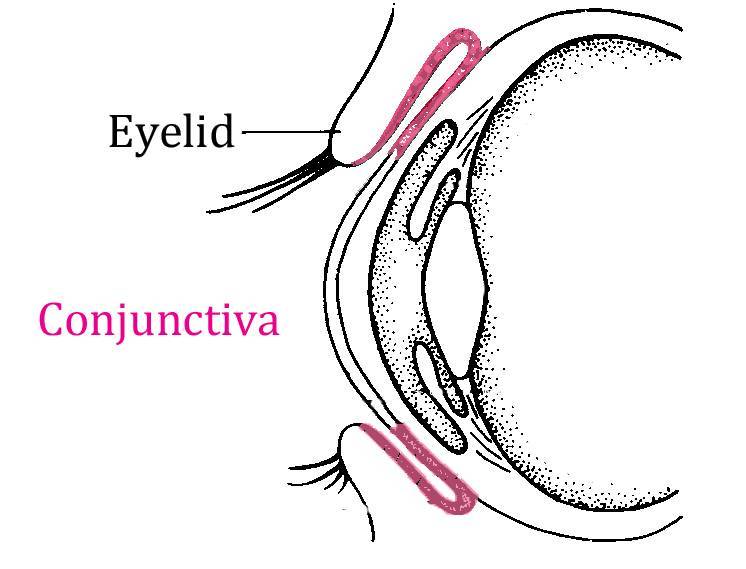
4. Can my contact lens roll to the back of my eyes?
No, it is impossible for contact lenses to roll to the back of our heads. We have a thin membrane called the conjunctiva that covers part of the outer surface of the eye and lines the inside of the eyelids. Contact lenses cannot move past this membrane and become lost in the back of our eyes.
5. At what age can we start wearing contact lenses?
There is no minimum age required for an individual to wear contact lenses. Children and even toddlers can wear contact lenses to help improve their sight or slow the development of eye disorders. There are many types of contact lens available, and choosing one that fits our needs and lifestyle is an important factor to consider.
6. Why do our eyes get watery when we are outside in the sun, or during windy conditions?

Under windy or sunny conditions, the moisture in our eyes will tend to dry out faster from the harsh environment. It may seem ironic that having dry eyes will actually cause excessive watering and teary eyes. The reason behind this is that the lacrimal (tear) gland will be stimulated to produce an excessive amount of tears to help moisten our dry eyes and wash away any foreign irritants. To prevent dry eyes, you can apply artificial tears and ensure a diet high in Omega-3.

